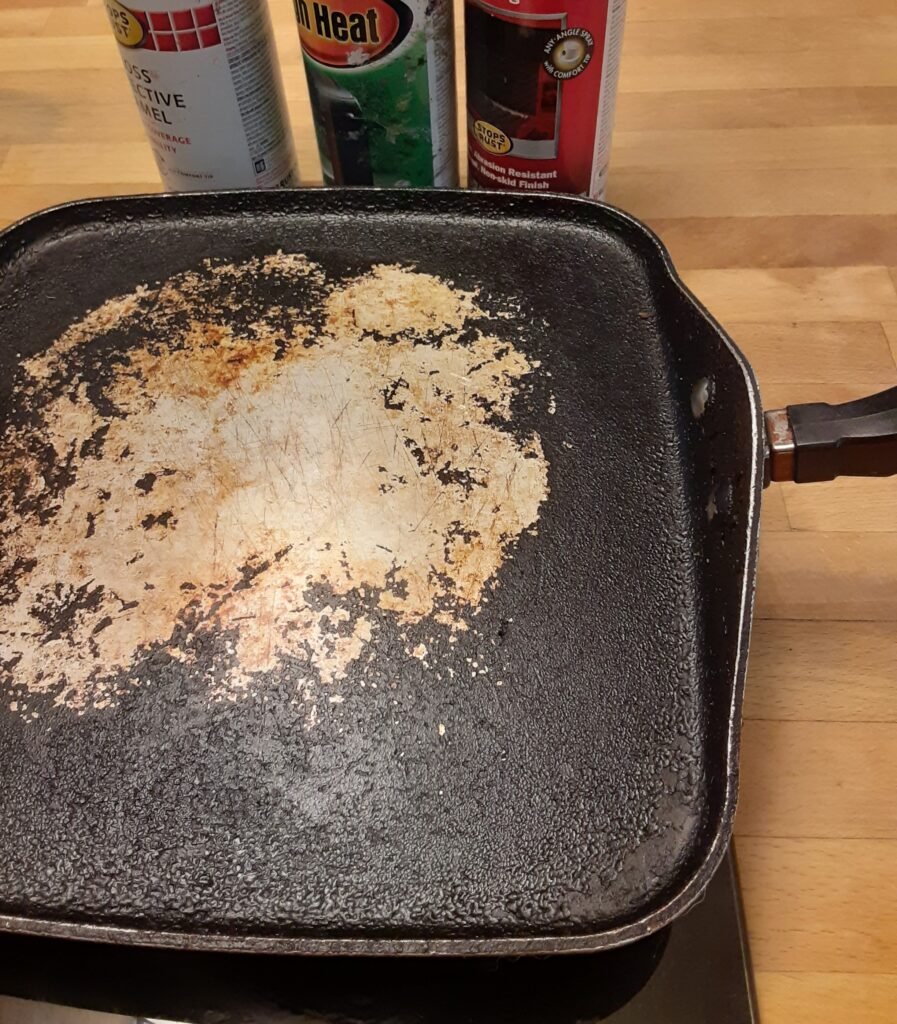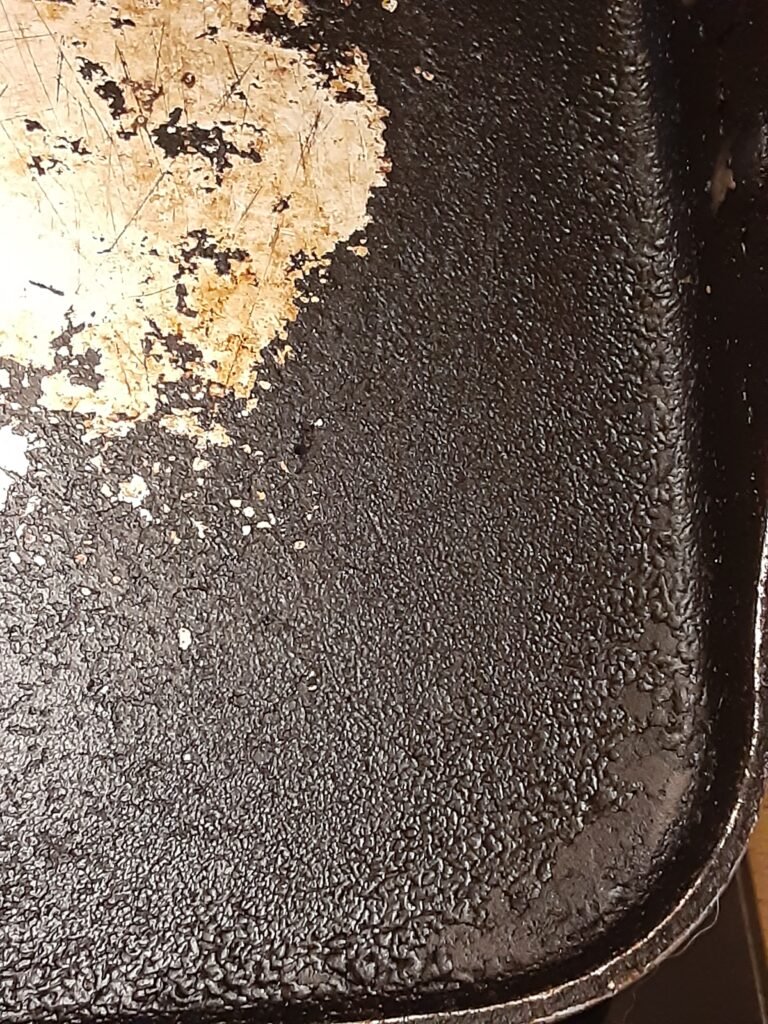
This page contains an affiliate link. We greatly appreciate your support!
In the pursuit of easy cooking and cleanup, nonstick pans have become a staple in many kitchens. However, lurking beneath the convenience lies a potential health hazard that many are unaware of: the polytetrafluoroethylene (PTFE) coating commonly found in nonstick cookware. PTFE, commonly known by the brand name Teflon, is a synthetic compound used to create a slick, nonstick surface on cookware. It has countless additional applications such as in paints, motors, medical devices, razor blades, fabrics, furniture, windshield wipers and hair products to name a few. The focus of this article is the use of PTFE as a coating for pots and pans and its associated health risks that consumers should be aware of.
The Health Risks of PTFE Coating:
- Toxic Fumes: When PTFE-coated pans are heated to high temperatures (over 450°F ), they release toxic fumes that can be harmful when inhaled. These fumes can cause flu-like symptoms in humans and are dangerous to birds and other animals, often leading to a condition known as “Teflon toxicity.”
- Chemical Leaching: Over time, the PTFE coating on nonstick pans can degrade, leading to the release of harmful chemicals into your food. These chemicals have been linked to various health issues, including cancer, thyroid problems, and reproductive issues.
- Environmental Impact: PTFE is considered a “forever chemical” because it is a persistent organic pollutant that does not break down easily in the environment. Improper disposal of PTFE-coated cookware can contribute to pollution of our water and harm ecosystems.

How to Keep Your Non-stick Pans Safe:
- Avoid High Heat: To minimize the risk of toxic fumes and chemical leaching, avoid cooking with PTFE-coated pans at high temperatures. Opt for medium or low heat settings when using nonstick cookware. The pan in the image above has been used with high heat cracking the coating.
- Use Safe Utensils: Avoid using metal utensils or abrasive cleaners on nonstick pans, as they can scratch the PTFE coating and accelerate its degradation. Instead, use wooden or silicone utensils and gentle cleaning methods.
- Replace When Necessary: Keep an eye on the condition of your nonstick pans and replace them if the coating begins to show signs of wear or damage. Continuing to use pans with degraded PTFE coating increases the risk of chemical leaching into your food. The pan in the image above has been scratched and the coating removed.
Healthier Alternatives: Cast Iron Cookware
For those concerned about the health risks associated with PTFE-coated nonstick pans, cast iron cookware offers a safer alternative. Cast iron pans are durable, versatile, and free from harmful synthetic coatings. Additionally, cooking with cast iron can provide a boost of safe dietary iron, which is essential for overall health.
You might like to try this 3 Cast Iron Skillet/Pan Set by Utopia Kitchen https://amzn.to/3xVTFzv
To care for cast iron cookware, follow these tips:
- Season the pan regularly with oil to create a natural nonstick surface.
- Avoid cooking acidic foods for prolonged periods, as they can strip the seasoning.
- Hand wash with mild soap and water, and promptly dry to prevent rusting. Do not leave cast iron soaking in standing water.
In conclusion, while nonstick pans may offer convenience in the kitchen, the health risks associated with PTFE coating should be taken seriously. By understanding these risks and opting for safer alternatives like cast iron cookware, you can cook with confidence and prioritize your health and well-being.
